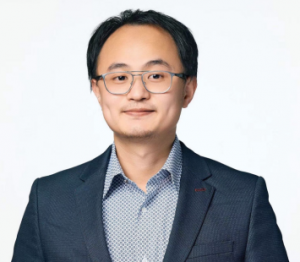 Speaker: Bin Ouyang, Postdoctoral Scholar at the University of California, Berkeley
Speaker: Bin Ouyang, Postdoctoral Scholar at the University of California, Berkeley
Title: Harness the Structural Complexity and Synthetic Accessibility of Disordered Ceramic Materials Using Data-Driven Approach
Abstract: Promising ceramic materials in many situations come with complicated composition and bond topology. The structural complexity makes such materials challenging to understand and manipulate. This challenge will become even more severe when comes to ceramics with compositional and (or) structural disorder. To rationalize the design of disordered ceramics, data-driven computational framework that combines thermodynamic and kinetic theory, high throughput computation, data mining and machine learning has been established to answer two fundamental questions 1) How do the building blocks of disordered ceramics—atomic-scale local structures—influence materials properties? 2) How to design accessible chemical reaction pathways to synthesize predicted ceramic materials in experiments? The capability of the current theoretical framework will be demonstrated by several case studies on materials for energy storage and conversion. Additionally, future opportunities and challenges on accelerating the discovery of ceramic materials with structural complexity will be demonstrated.
Bio: Dr. Bin Ouyang is a theorist working on structural-property-synthesis relationship of inorganic materials, as well as materials discovery through data mining and machine learning. He obtained Ph.D. in Materials Engineering at McGill University in 2017. Currently, he is a postdoctoral scholar at the University of California Berkeley, working on developing theoretical and computational tools to understand energy storage and conversion materials. He has authored 44 papers (including Nature Materials, Nature Communications, Chem, Advanced Energy Materials, etc.) in diverse fields of material science such as batteries, catalysis, metal alloys, and nanomaterials. He is interested in developing new theoretical and computational tools for accelerating the discovery and understanding of materials with complex atomic structures and chemical compositions.